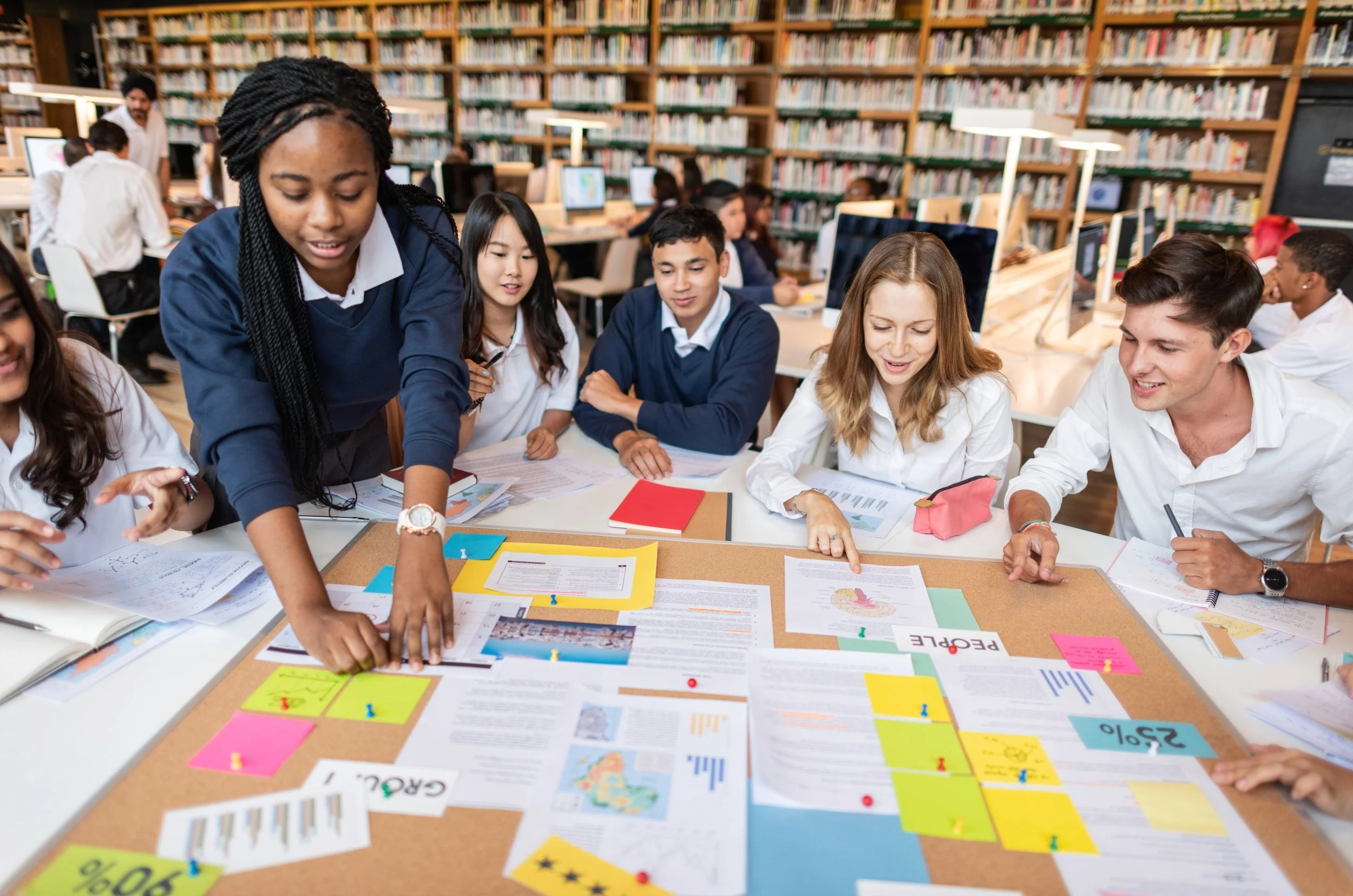From Strategy to Structure: How Executive Function Changed My Teaching
By Sherla Alexander-Laville, M.Ed | August 11, 2025 | charmcityeducation.com
When I first began as a Reading and Academic Specialist, my focus was on building foundational skills, tracking progress, and closing academic gaps. I matched students with targeted strategies, believing that the right instruction and materials would lead to success. Sometimes they did, but often they didn’t.
Working with students who faced high academic needs, attention challenges, or emotional regulation difficulties, I noticed many could perform tasks and show growth but struggled to apply skills consistently and independently.
That insight reshaped my approach. I realized that students’ ability to access content depended heavily on their executive functioning skills. Rather than being an add-on for a few, executive function strategies became the foundation for how I organized learning, structured lessons, and helped students build the independence and confidence needed to engage fully with the material.
Here’s how this transformation reshaped every part of my work, influencing how I plan, teach, and reflect through the lens of executive function.
1) Beginning with Purpose: Routines, Organization, and Goal Setting
In one upper elementary intervention group I supported, the students were already reading at or near grade level. They could decode, comprehend, and even discuss texts with insight. But despite their proficiency, they often got stuck when it came to managing multi-step tasks and completing work which also impeded on their grades and motivation. What they lacked wasn’t skill, but task initiation, organization, and follow-through core aspects of executive function.
To address this, I began every session with a simple but powerful routine we called “Preview and Prioritize.” Students would take a few minutes ( timed) scan the text or task, highlight key ideas, and connect the current lesson to prior discussions or previous reading. For example, if we were reading a nonfiction article about biodiversity,, they would preview subheadings, highlight unfamiliar or repeated terms, and write a brief “what I remember” note from our last session. This activated prior knowledge while setting a clear purpose for the day’s learning.
This routine was an executive function in action disguised as an academic warm- up. Previewing helped them mentally organize what was coming. Prioritizing trained them to filter important information, a critical skill for planning and working efficiently. Over time, this beginning-of-lesson structure reduced hesitation and confusion. I gave students tools to manage their attention, pace, and purpose right from the start.
2) Managing the Middle: Timers, Checkpoints, and Mini Deadlines
Time management was a consistent challenge for many students I worked with during intervention blocks. Even those with strong academic skills often struggled to stay focused, organize their steps, or pace themselves during independent or group work. Tasks that seemed manageable at first would quickly become overwhelming or lead to incomplete work simply because students didn’t know how to manage their time effectively.
I realized I needed a consistent structure that would help most of my students engage with the content efficiently and without becoming overwhelmed. To support this, I began breaking lessons into smaller, timed segments. For instance, rather than assigning an entire written response at once, I guided students through each step with clear time limits. We might begin with five minutes to identify the main idea and locate one supporting detail. Then, we would pause to check in on progress before moving on to the next part of the task.
This approach helped students stay focused, build momentum through incremental progress, and avoid the mental fatigue that often comes with open-ended tasks. It also taught them how to approach longer assignments with more clarity and confidence by using timed checkpoints to strengthen planning and self-monitoring which are key components of executive function.
3) Ending with Intention: Reflection, Revision, and Planning Ahead
Through the process of lesson creation, I came to understand that revision and reflection, both core aspects of executive function, are essential for designing lessons that genuinely support student growth. Instead of treating these steps as optional or something to do only when time allowed, I began embedding them intentionally into daily instruction. Each day, students revisited their goals, reflected on which strategies were effective, and identified areas they wanted to improve. These regular moments of self-assessment helped students develop a deeper awareness of their learning process and take greater ownership of their progress.
In one-to-one academic coaching sessions and group settings, we built in a few minutes at the end of each lesson for goal revisits and self-checks, students regularly reflected on their progress and tracked their growth over time. We used these reflections to update goals and identify strategies that supported their focus and productivity, such as using noise-canceling headphones or working in short bursts. As students became more aware of what helped them succeed, they shifted from reacting to challenges to planning ahead and building a stronger sense of ownership over their progress.
Closing
Understanding executive function transformed my teaching in lasting ways. It reshaped how I plan, how I facilitate instruction, and how I support students, whether I am designing a lesson from scratch or delivering a scripted intervention. I no longer see executive function as an extra layer of support for a few students but as the foundation that allows all learners to access and apply what they are learning. By incorporating goal setting, time management, and reflection into every learning experience, I have created more intentional and inclusive spaces for students to grow. That shift continues to guide every session and academic interaction.



